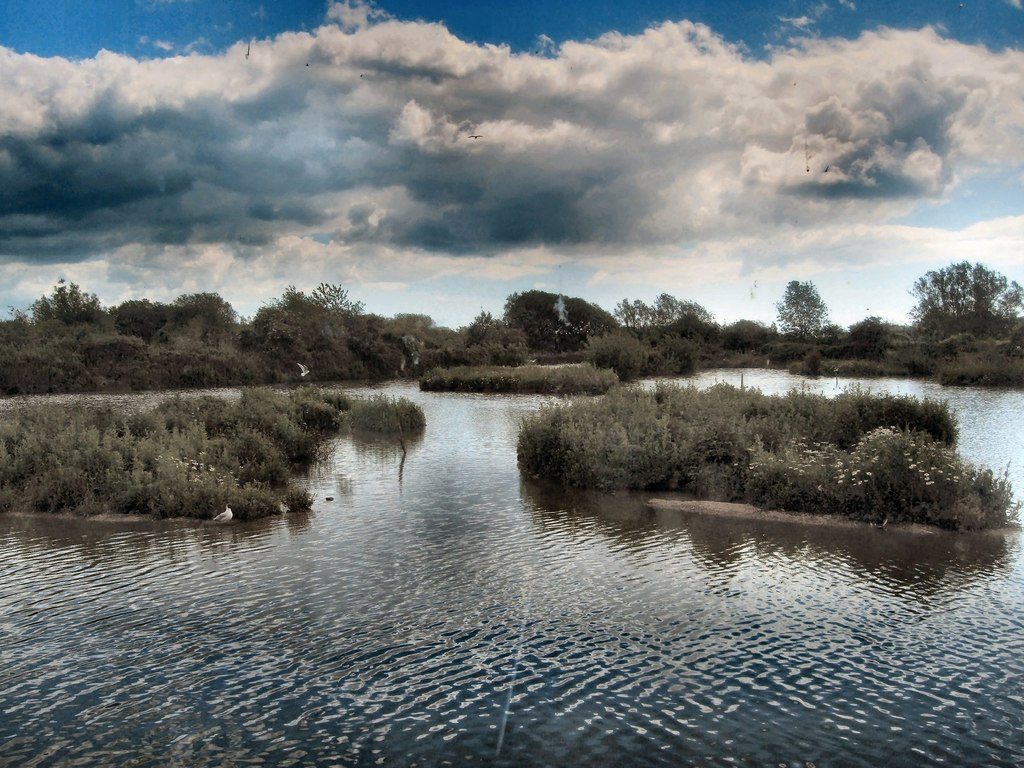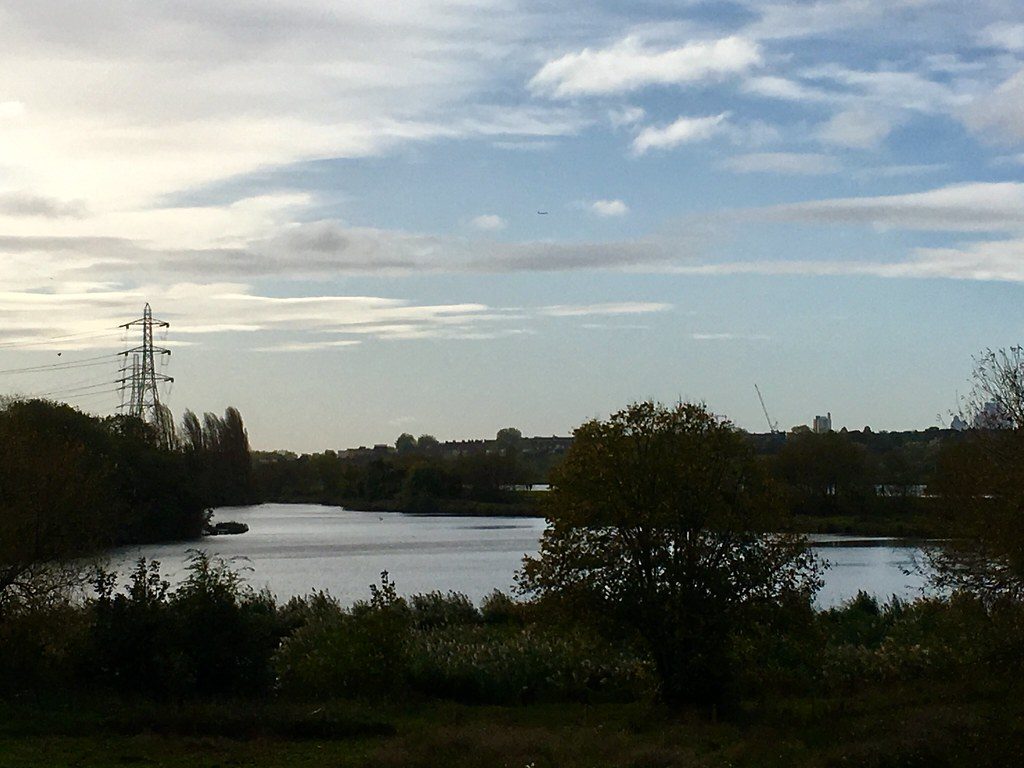
Wetlands are a fascinating type of terrain. Not quite land, not quite water, they often exist at the edge of cities, and are home to an incredibly bio-diverse collection of birds, insects, plants and trees.
Wetlands are often referred to by other names, such as bogs, fens, and marshes. The UK is such a small island, with many port towns, and so many of these will invariably be home to a wonderful wetland area.
Interestingly, then, as a result you can combine a day trip or weekend jaunt into the city with a trip to see some amazing rare wildlife. You can eat, shop, enjoy an evening meal at a fabulous restaurant; enjoy a night at a hotel, perhaps with the addition of a swim or spa treatment; and still get into mud with your wellies whilst enjoying areas which are sometimes called the Amazon of the UK.
Even in London there are wetland areas, including the WWT (Wildfowl and Wetlands Trust) reserve set in a nook of the Thames; Walthamstow Wetlands, which includes an impressive ten reservoirs and is the largest wetland within any UK city; and Woodberry Wetlands, which was established way back in the 1830s.

Other urban areas around the UK also boast beautiful wetland habitats, including those in the city of Ripon, Yorkshire; WWT Arundel, which is near Brighton; Farlington Marshes, which is close to Portsmouth; Cardiff Bay Wetlands Reserve at the edge of the young capital of Wales; and, also in Wales and stemming from the mighty Severn Estuary, the Newport Wetlands, Magor Marsh, Kenfig Reserve, and Crymlyn Bog.
There is in fact a grand tradition of our urban areas existing alongside/right on these beautiful and incredibly bio-diverse natural habitats. In his book, Cities and Wetlands: The Return of the Repressed in Nature and Culture, writer and ‘ecocritic’ Rob Giblett looks at how many great cities around the globe were actually built on swamp (or bog, fen, wetland, etc.). These include, but are not limited to, London, New York, Boston, Berlin, Paris, Venice, and St Petersburg.
This may be because wetlands are home to many species, and so can provide food for humans in the form of fish and fowl, plants and animals.
They are also typically set near rivers, on estuary areas, and cities often build up next to rivers which are vital for travel and transport, and which were a vital component of urban growth during the last centuries and, in particular, the industrial revolution.
Certainly, though, the wetlands now provide a fantastic day out for anyone and everyone, and are a wonderful way of rewilding and reconnecting with all the wonders of nature. Most are family-friendly, too, and so are a great option for adults with children no matter their age and interests. From frogs to fireflies, curlews to coots, beetles to bullrushes, all life is right here!
*
Be the first to comment.